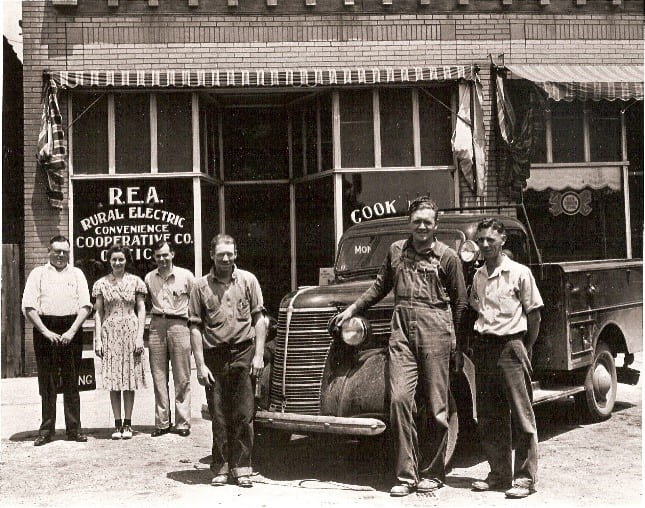The co-op business model can be applied in almost any industry or sector
Co-ops are adaptive and unique by nature. What really defines a co-op is the particular relationship between the co-op and its members.
There are some recognised “types” of co-ops, but it may be helpful to think of co-op types as a spectrum rather than a set of rigid categories. Co-op types are useful for learning how the co-op model can be applied, but in practice many co-ops can contain elements of more than one category. Keeping that in mind, here are some co-op categories recognized in BC:
COMMUNITY SERVICE CO-OP
Community service co-ops are recognized under the Cooperative Association Act of British Columbia. Under BC law, community service co-ops have a similar status to that of non-profit societies.
- Community service co-ops may be eligible for charitable status through the Canada Revenue Agency.
- Community service co-ops must operate on a non-profit basis, with a charitable purpose to provide health, social, educational or other community benefits.
CONSUMER CO-OP
Consumer co-ops help members use their combined purchasing power to buy goods and services they need. Operating in various sectors, consumer co-ops are the oldest form of the modern cooperative and the most common type of co-op in Canada.
- A consumer co-op is entirely owned by its members/customers
- Unless they’re set up as non-profit co-ops, some surplus revenues are often re-distributed to members through patronage payments, based on how much each member purchased from the co-op that year
FINANCIAL CO-OP
Financial co-ops, including credit unions, provide financial services such as insurance, loans, savings plans, and marketing services to their members.
- The owners of financial co-ops are individual members in local communities, or groups of organizations throughout a province or across Canada
- Financial co-ops include insurance providers, investment co-ops, credit unions and caisses populaires
PRODUCER CO-OP
Producer co-ops are usually made up of otherwise independent farmers, entrepreneurs, artists or artisans. The purpose of individual producer co-ops vary, but they usually provide processing or marketing services to their members, which they may not be able to access on their own.
Examples of what producer co-ops could be used for include (but are not limited to):
- Independent farmers jointly purchasing storage facilities, sharing equipment or hiring joint marketing support
- Artists collectively purchasing and managing production or display space
- Doctors, lawyers, or any other group of professionals sharing office space and support staff
- Independent businesses owning and controlling a collective brand
WORKER CO-OP
Worker co-operatives are businesses entirely owned and operated by the people who work for them. Generally, the service worker co-ops provide to their members is employment.
The worker co-op model can be applied to practically any sector in the economy. In a worker co-op, capital serves the interests of labour. In other types of businesses, particularly publicly traded corporations, labour serves the interests of capital.
- Worker co-ops vary in size, from very small co-ops with a handful of employees, to large, multi-billion dollar co-op companies with thousands of employees
- To some extent, the organizational structure of a worker co-op is determined by its size
- Large co-ops may need a complex hierarchical structure with several levels of management, whereas a smaller co-op may opt for a flatter structure and make decisions by consensus
- Regardless of how they’re organized, every member of a worker co-op has equal say in the direction of their co-op, from junior employees to the highest levels of management
MULTI-STAKEHOLDER CO-OP
Multi-stakeholder co-ops are usually a blend of some or all of the above categories. Sometimes, having more than one stakeholder group as members of a co-op can carry greater benefits for all, than if only one stakeholder group is represented.
- Some examples of multi-stakeholder co-ops include local food co-ops, in which control may be shared by both producers and consumers, and health co-ops, in which patients and health care providers are the member groups that share control
- The most successful multi-stakeholder co-ops acknowledge the differing interests of their member groups, and structure themselves accordingly.

